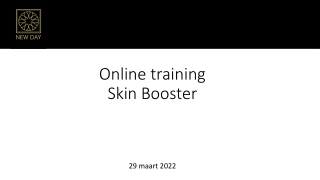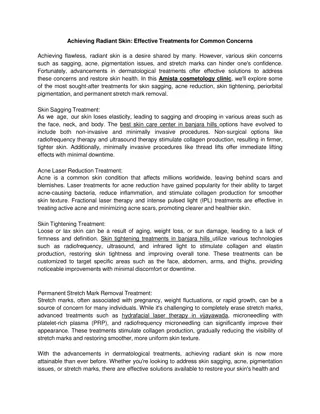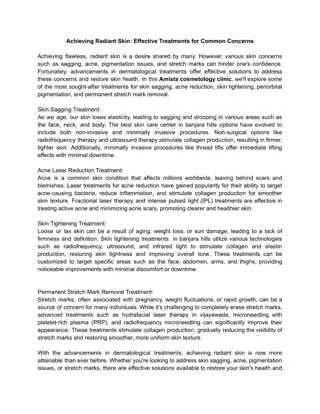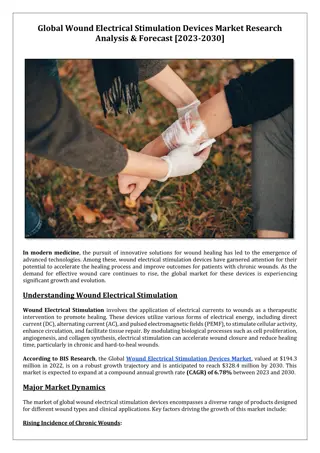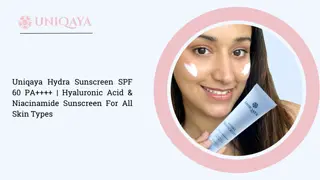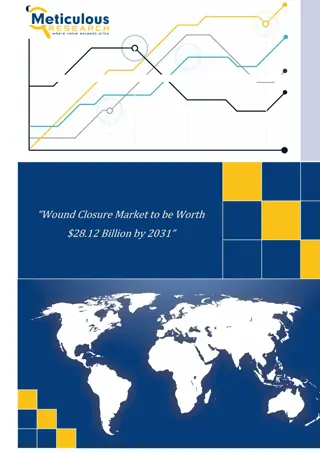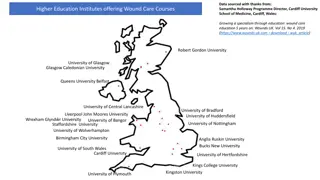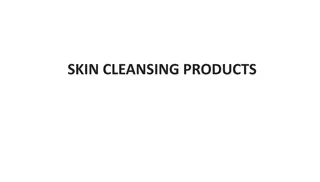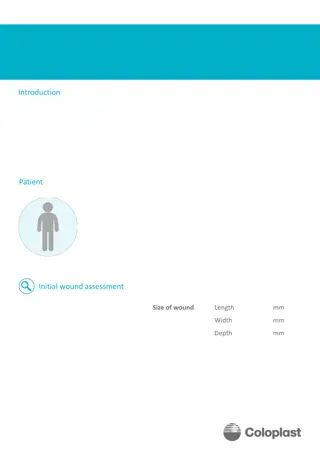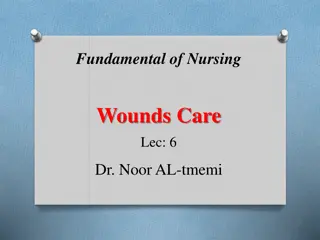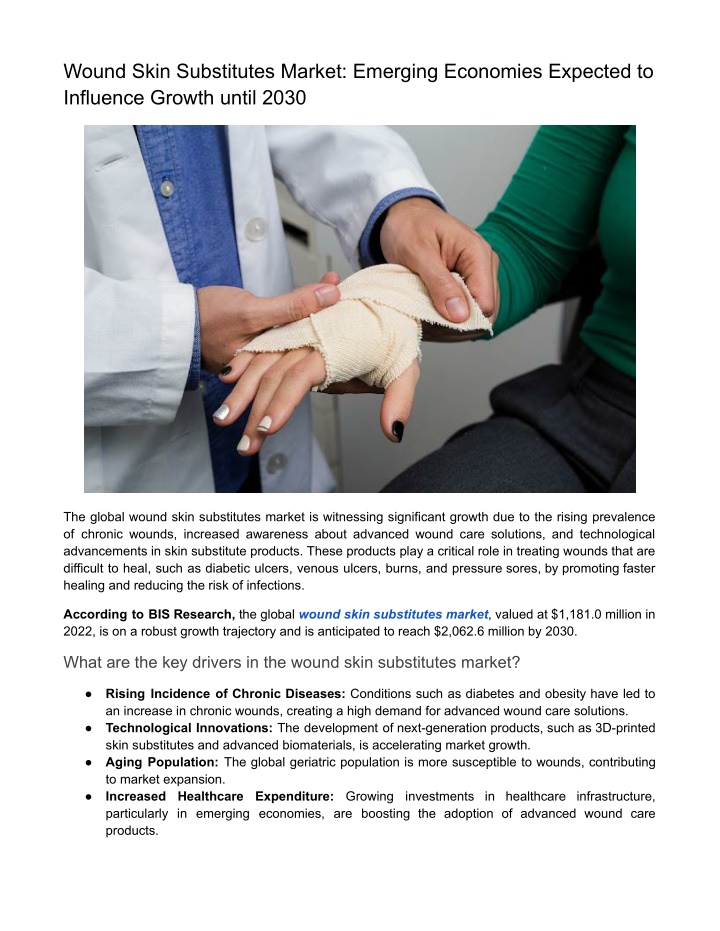
Wound Skin Substitutes Market Growth until 2030
The global wound skin substitutes market, valued at $1,181.0 million in 2022, is on a robust growth trajectory and is anticipated to reach $2,062.6 million by 2030.nnRead Report Overview: //bisresearch.com/industry-report/wound-skin-substitutes
Download Presentation

Please find below an Image/Link to download the presentation.
The content on the website is provided AS IS for your information and personal use only. It may not be sold, licensed, or shared on other websites without obtaining consent from the author. If you encounter any issues during the download, it is possible that the publisher has removed the file from their server.
You are allowed to download the files provided on this website for personal or commercial use, subject to the condition that they are used lawfully. All files are the property of their respective owners.
The content on the website is provided AS IS for your information and personal use only. It may not be sold, licensed, or shared on other websites without obtaining consent from the author.
E N D
Presentation Transcript
Wound Skin Substitutes Market: Emerging Economies Expected to Influence Growth until 2030 The global wound skin substitutes market is witnessing significant growth due to the rising prevalence of chronic wounds, increased awareness about advanced wound care solutions, and technological advancements in skin substitute products. These products play a critical role in treating wounds that are difficult to heal, such as diabetic ulcers, venous ulcers, burns, and pressure sores, by promoting faster healing and reducing the risk of infections. According to BIS Research, the global wound skin substitutes market, valued at $1,181.0 million in 2022, is on a robust growth trajectory and is anticipated to reach $2,062.6 million by 2030. What are the key drivers in the wound skin substitutes market? Rising Incidence of Chronic Diseases: Conditions such as diabetes and obesity have led to an increase in chronic wounds, creating a high demand for advanced wound care solutions. Technological Innovations: The development of next-generation products, such as 3D-printed skin substitutes and advanced biomaterials, is accelerating market growth. Aging Population: The global geriatric population is more susceptible to wounds, contributing to market expansion. Increased Healthcare Expenditure: Growing investments in healthcare infrastructure, particularly in emerging economies, are boosting the adoption of advanced wound care products.
Which regions dominate the wound skin substitutes market? North America dominated the global wound skin substitutes market in 2022, accounting for 78.12% of the total share. This dominance is primarily driven by factors such as a rapidly aging population, the rising prevalence of obesity which is strongly linked to diabetes and the long-term effects of radiation therapies. These factors have significantly increased the demand for wound skin substitutes, thereby contributing to revenue growth. Meanwhile, regions such as Asia-Pacific, Europe, and Latin America are expected to witness substantial market expansion due to the growing incidence of chronic wounds, advancements in technology leading to innovative product development, and increased healthcare spending. Get A Sample PDF on the Wound Skin Substitutes Market! Recent Developments in the Wound Skin Substitutes Market July 2023: Coloplast announced its agreement to acquire Kerecis in a deal valued at up to $1.3 billion. Kerecis is renowned for its patented technology that leverages unaltered fish skin for treating wounds and burns. April 2023: Coloplast (Kerecis) introduced MariGen Shield, a product that combines the company s fish-skin graft technology with a silicone contact layer designed for managing chronic and complex wounds. January 2023: Coloplast (Kerecis) launched two new burn-care products, GraftGuide Mano and GraftGuide Micro, with a focus on treating burns on the hands using advanced fish skin technology. January 2022: Researchers from the University of Birmingham and the University of Huddersfield in the UK developed an innovative 3D bioprinting technique aimed at treating chronic wounds. October 2021: Coloplast (Kerecis) obtained FDA approval for marketing Kerecis Omega3 SurgiBind, a fish-skin graft designed for use in plastic and reconstructive surgeries. Future Outlook The future of the wound skin substitutes market lies in personalized medicine, regenerative therapies, and innovative product development. The integration of biotechnology, nanotechnology, and 3D printing is expected to revolutionize wound care. Furthermore, strategic collaborations, mergers, and acquisitions among key players will play a crucial role in shaping the competitive landscape. Which companies are leading the wound skin substitutes market? Coloplast Smith & Nephew MTF Biologics MiMedx Group, Inc AlloSource Organogenesis Inc. RTI Surgical LifeNet Health
Molecular Biologicals, Inc Download Our ToC: Click Here! Conclusion With a growing need for effective wound management, the wound skin substitutes market is poised for robust growth in the coming years. Companies investing in innovation and cost-effective solutions will likely lead the market, catering to the rising demand for advanced wound healing technologies.

